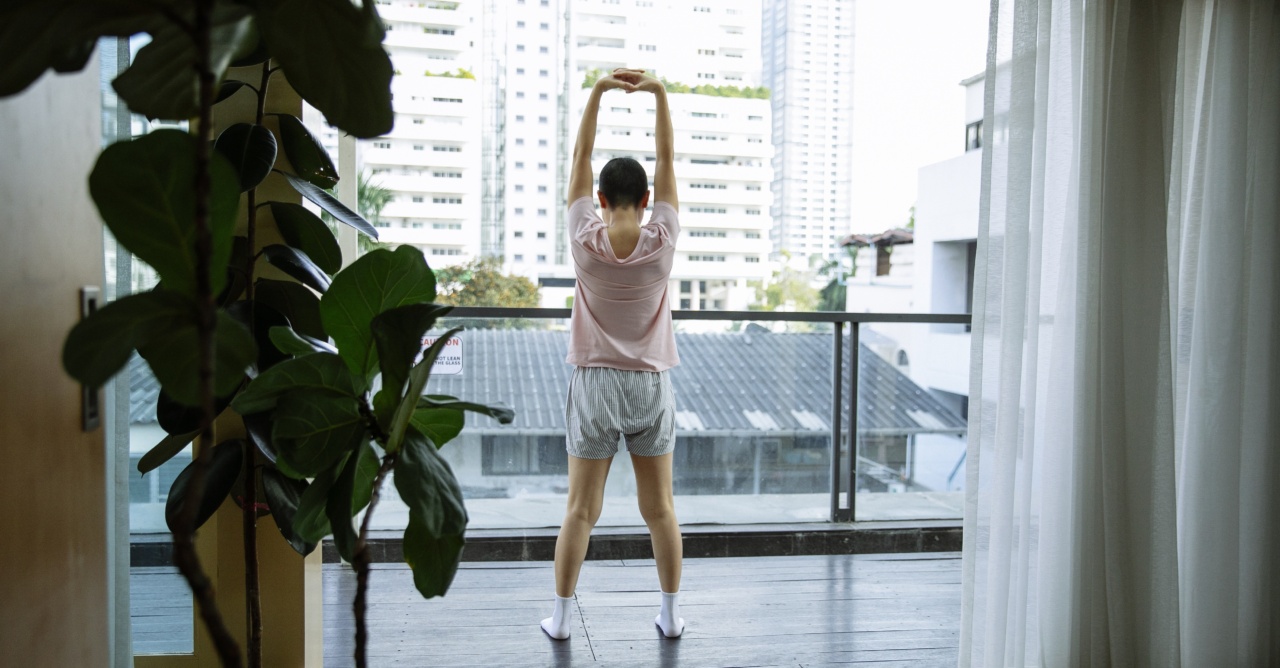Tuberculosis (TB) is one of the world’s most deadly infectious diseases, affecting millions of people globally.
According to the World Health Organization (WHO), TB is one of the top 10 causes of death worldwide, and in 2019 alone, an estimated 10 million people fell ill with TB, leading to around 1.4 million deaths. TB primarily affects the lungs but can also affect other parts of the body, such as the kidneys, spine, and brain.
It is caused by the bacteria Mycobacterium tuberculosis and is primarily spread through the air when an infected person coughs or sneezes.
The Role of Physical Therapy in Tuberculosis Treatment
While pharmacological interventions play a crucial role in treating TB, physical therapy has emerged as an essential component of comprehensive TB management.
Physical therapy interventions aim to improve the overall health and well-being of individuals with TB, reducing symptoms, promoting recovery, and preventing disability. Let’s explore some of the key ways physical therapy harnesses its power to conquer tuberculosis.
1. Breathing Exercises for Improved Lung Function
One of the main targets of TB is the respiratory system, specifically the lungs. TB infection can lead to breathing difficulties, reduced lung function, and respiratory muscle weakness.
Physical therapists use breathing exercises to help individuals with TB optimize lung function, strengthen respiratory muscles, and improve overall respiratory efficiency.
2. Airway Clearance Techniques
TB often results in an excessive production of mucus in the airways, leading to congestion and impaired breathing.
Physical therapists employ various airway clearance techniques, such as chest physiotherapy and postural drainage, to help clear the airways of excessive mucus. These techniques facilitate better lung function, reduce the risk of secondary respiratory infections, and enhance overall respiratory health.
3. Exercise Therapy for Increased Fitness
Individuals with TB often experience fatigue, weakness, and loss of muscle mass due to the infection and prolonged periods of bed rest during treatment.
Physical therapists prescribe exercise programs tailored to the individual’s needs, aiming to increase their overall fitness, rebuild strength, and improve endurance. These exercises can range from simple bodyweight movements to more challenging resistance training, depending on the individual’s abilities and stage of recovery.
4. Mobility Training and Rehabilitation
TB can affect various parts of the body, including the bones, joints, and spinal column. In severe cases, it may lead to joint destruction, bone deformities, or spinal complications.
Physical therapists play a crucial role in providing mobility training and rehabilitation to individuals affected by TB-related musculoskeletal issues. They focus on restoring joint range of motion, improving function, and preventing disability through targeted exercises, manual therapy techniques, and assistive devices if necessary.
5. Education and Self-Management
Physical therapists educate individuals with TB about the disease, its transmission, and the importance of medication adherence.
They also provide guidance on self-management strategies, such as maintaining a healthy lifestyle, practicing good hygiene, and recognizing alarming signs or symptoms that require immediate medical attention. By empowering individuals with knowledge and skills, physical therapists support them in taking an active role in their recovery and long-term health.
6. Psychosocial Support
TB not only affects the physical health of individuals but also takes a toll on their mental and emotional well-being. Many people with TB experience anxiety, depression, social isolation, and stigma associated with the disease.
Physical therapists provide psychosocial support through counseling, stress management techniques, and facilitating support groups. By addressing the psychological aspects of TB, they contribute to a holistic approach to treatment, promoting overall well-being.
7. Post-TB Rehabilitation and Reintegration
Even after completing TB treatment, some individuals may require ongoing support to fully regain their health and reintegrate into their communities.
Physical therapists offer post-TB rehabilitation programs to address any residual physical impairments, functional limitations, or disability. These programs may include further exercises, gait training, prosthetic fitting, and vocational rehabilitation services, depending on the individual’s specific needs.
8. Prevention and Education
In addition to treating those already affected by TB, physical therapists play a vital role in TB prevention and education. They work alongside healthcare teams to raise awareness about TB, its symptoms, and the importance of early diagnosis.
Physical therapists also educate communities on infection control measures, emphasizing the significance of proper ventilation, respiratory hygiene, and the use of masks to prevent the spread of TB.
9. Collaborative Care with Multidisciplinary Teams
Physical therapists are part of multidisciplinary teams involved in TB treatment and management.
They collaborate closely with physicians, nurses, respiratory therapists, occupational therapists, and other healthcare professionals to ensure comprehensive and coordinated care for individuals with TB. This interprofessional approach maximizes treatment outcomes and facilitates the seamless transition between different stages of care.
10. Research and Advancement
Physical therapists actively contribute to ongoing research and advancements in TB management. They participate in clinical trials, conduct studies, and analyze data to enhance the effectiveness of physical therapy interventions for TB.
By staying at the forefront of scientific knowledge, physical therapists continuously refine their approach to ensure the best possible outcomes for individuals affected by TB.
The Power of Physical Therapy in Conquering Tuberculosis
Physical therapy holds immense power in the comprehensive management of tuberculosis.
Its multifaceted interventions address the direct and indirect impacts of TB, improving respiratory function, mobility, overall fitness, mental well-being, and social integration. By harnessing the power of physical therapy, individuals with TB can experience better health outcomes, reduced disability, and an improved quality of life.





























